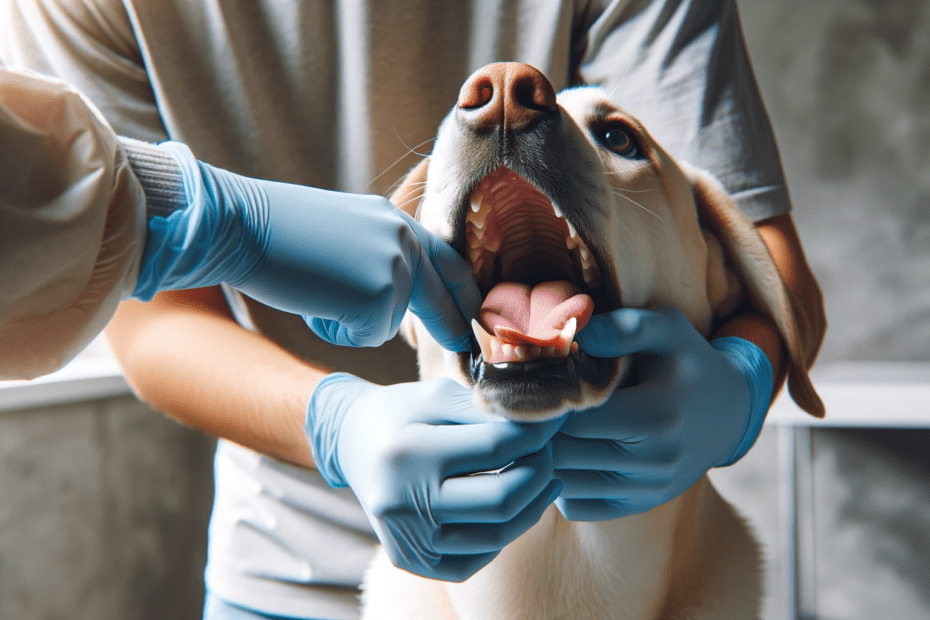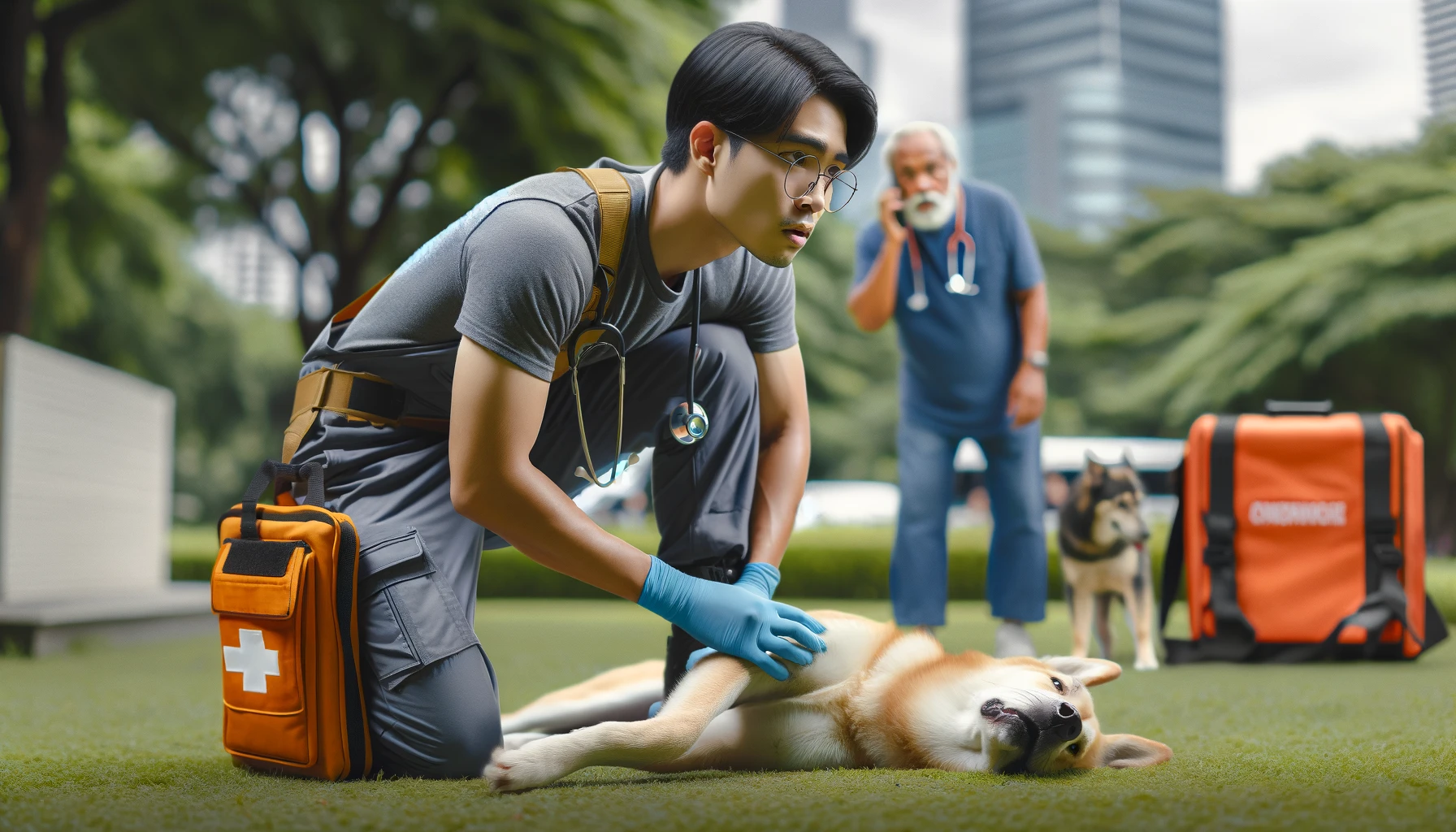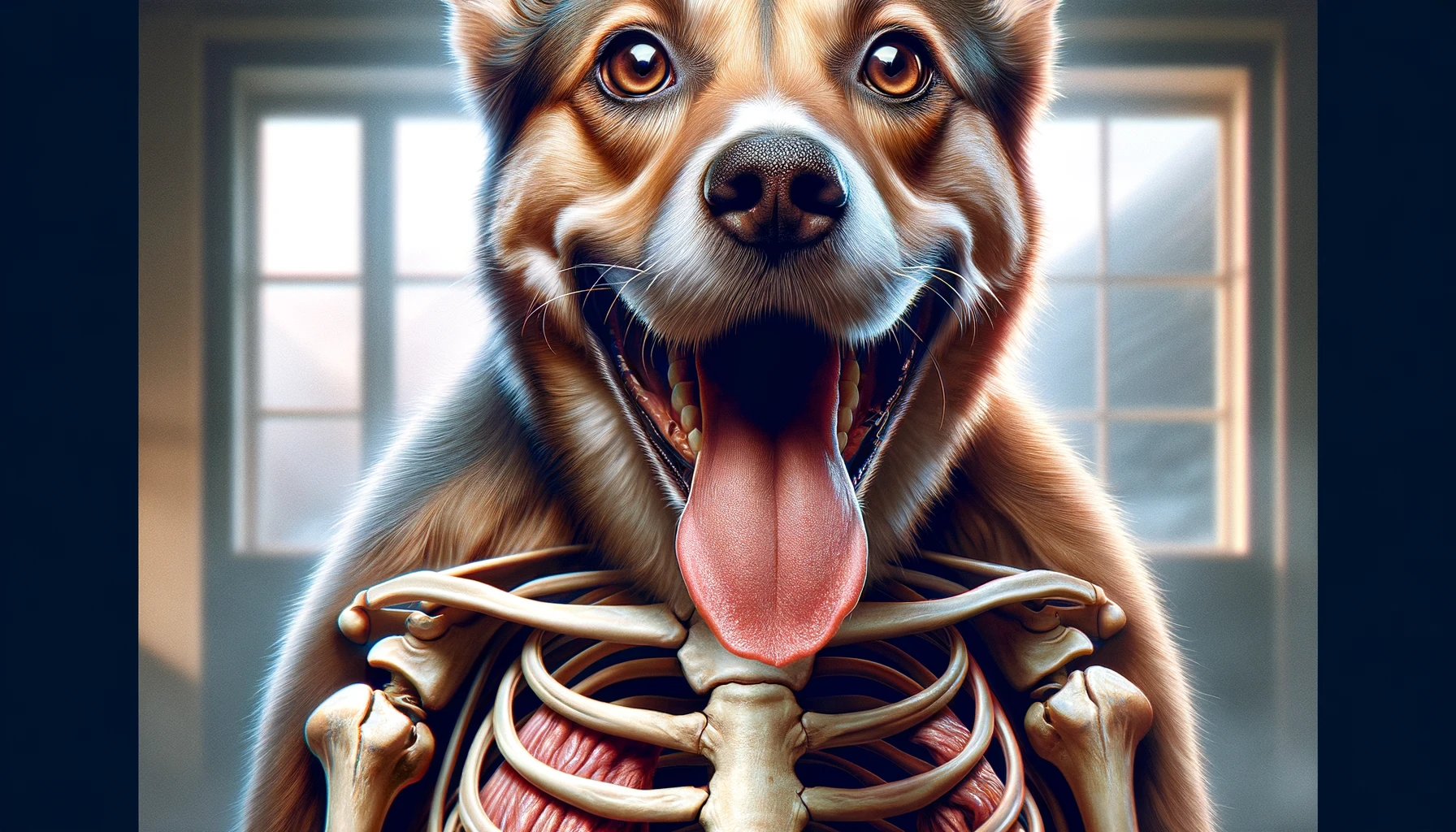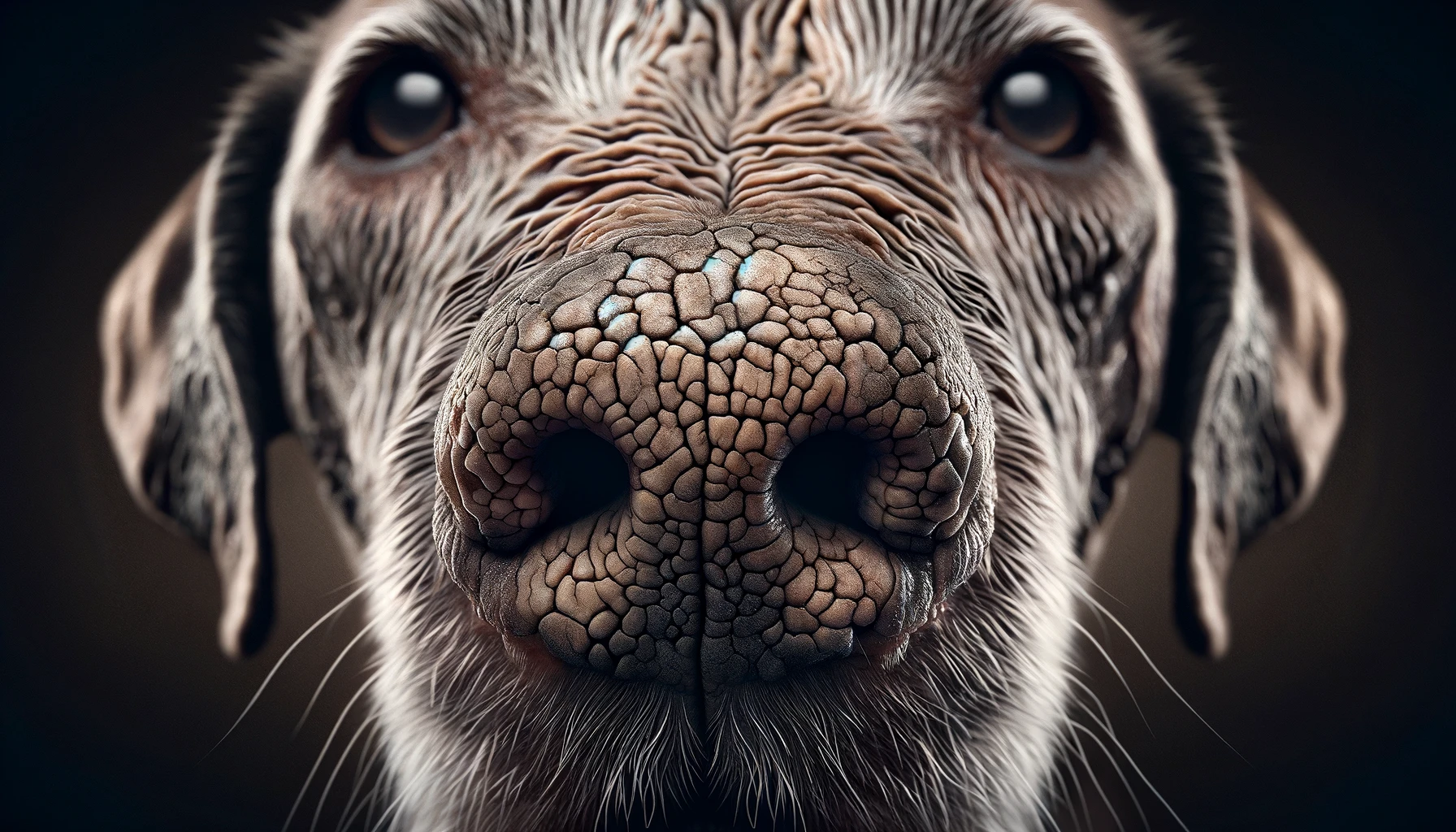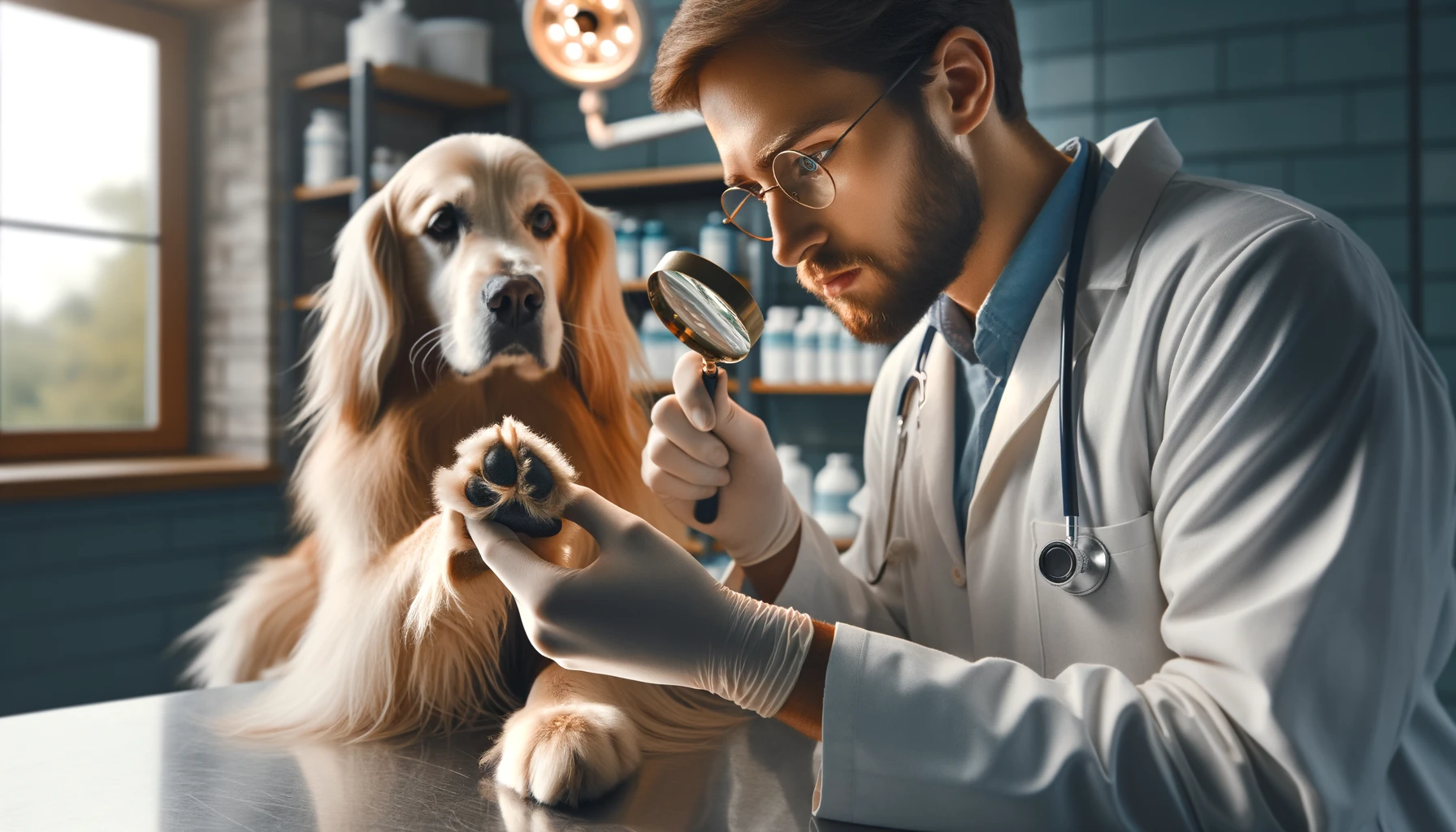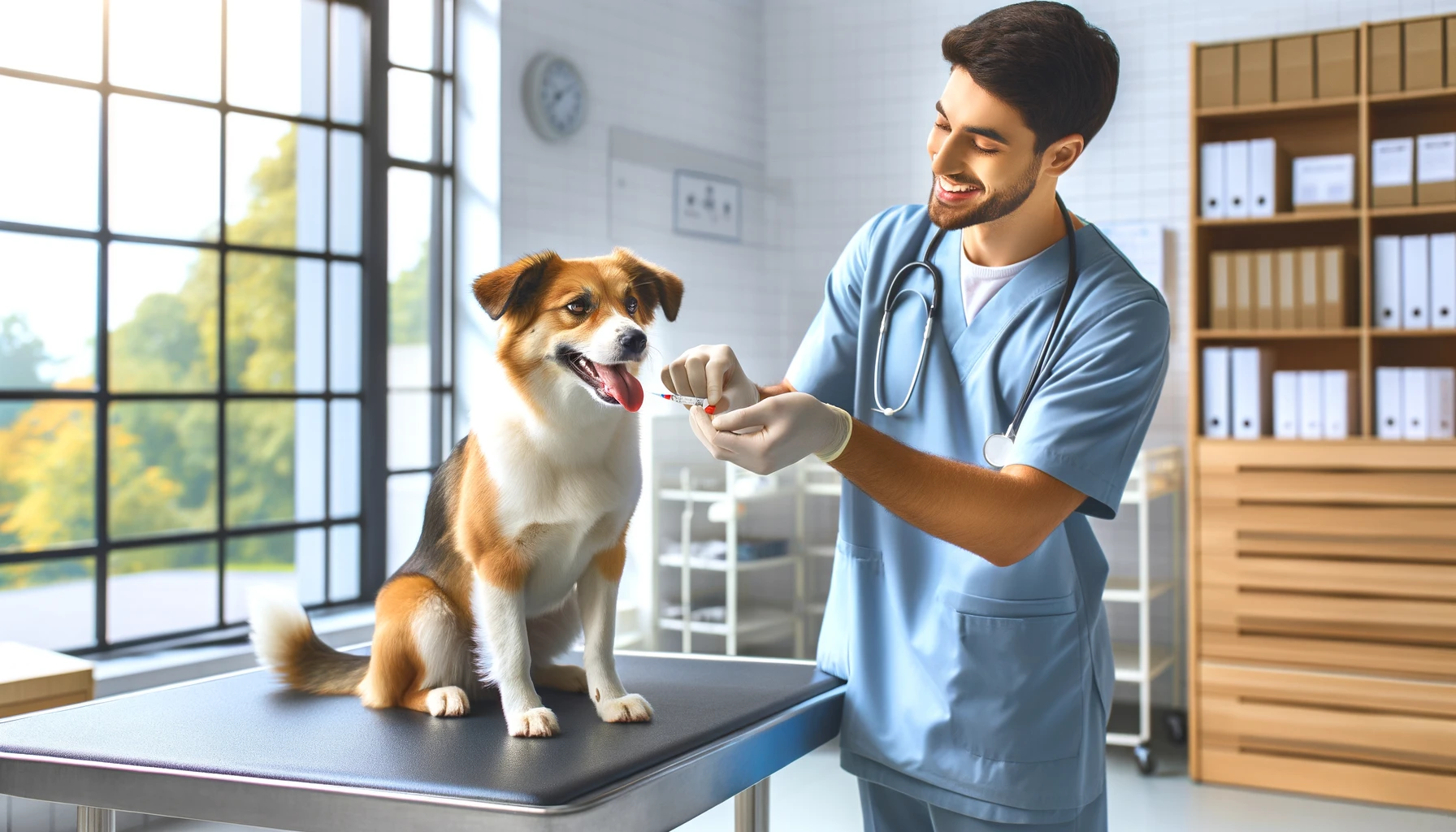Opening a dog’s mouth may seem like a simple task, but it is essential to understand the importance of doing it correctly and safely.
In this informative guide, we will explore the techniques and tips for successfully opening a dog’s mouth, even with uncooperative dogs.
By following these professional recommendations, you can ensure the well-being and proper care of your canine companion.
From preparing yourself and your dog to ensuring their health afterward, this article will provide detailed insights into this crucial skill.
Key Takeaways
- Regularly opening a dog’s mouth helps maintain their oral health and overall well-being.
- Familiarize yourself with dog mouth anatomy and signs of dental problems.
- Take safety precautions and use gentle techniques to safely open a dog’s mouth.
- Seek veterinary assistance if your dog is uncooperative or if there are any oral health problems.
Understanding the Importance of Opening a Dog’s Mouth
Understanding the importance of regularly opening a dog’s mouth is crucial for maintaining their oral health and overall well-being. By familiarizing ourselves with the dog mouth anatomy and being aware of the signs of dental problems in dogs, we can ensure proper care for our furry companions.
The dog mouth anatomy consists of various components that play vital roles in their overall health. Dogs have 42 teeth, including incisors, canines, premolars, and molars. Each tooth has a specific function in biting, tearing, and grinding food. Additionally, dogs have a strong jaw and powerful muscles that enable them to chew and consume their food effectively.
Regularly opening a dog’s mouth allows us to inspect their teeth and gums for any signs of dental problems. Dental issues in dogs, such as tartar buildup, gum disease, and tooth decay, can lead to pain, discomfort, and even loss of teeth. By examining their mouth, we can identify any redness, swelling, bleeding, or bad breath, which are all indications of dental problems.
Moreover, opening a dog’s mouth allows us to monitor their oral hygiene and take appropriate preventive measures. Brushing their teeth regularly, providing dental-friendly toys or treats, and scheduling regular veterinary dental check-ups are essential for maintaining their oral health.
Preparing Yourself and Your Dog for Mouth Opening
Prior to opening a dog’s mouth, it is important to ensure both you and your dog are prepared for the process. This will help prevent injuries and build trust between you and your furry friend.
To begin, it is crucial to create a calm and safe environment for your dog. Find a quiet area where you can both concentrate without distractions. Make sure your dog is comfortable and relaxed, as stress and anxiety can make the process more difficult.
Next, gather the necessary tools. It is recommended to have a towel or a soft cloth to hold your dog’s mouth and protect your hands from accidental bites. Additionally, keep some treats or a favorite toy nearby to reward your dog for their cooperation.
Before attempting to open your dog’s mouth, it is essential to establish trust. Spend quality time with your dog, engaging in activities they enjoy, such as playing or going for a walk. This will help create a positive association and make the process easier.
Lastly, ensure that you have a clear understanding of the proper technique for opening a dog’s mouth. Consult with a veterinarian or a professional dog trainer to learn the correct method and avoid causing harm to your dog.
Techniques for Safely Opening a Dog’s Mouth
To safely open a dog’s mouth, it is important to employ gentle and effective techniques that prioritize the well-being of both you and your furry companion.
Before attempting to open a dog’s mouth, it is crucial to take certain safety precautions to minimize the risk of injury.
First and foremost, ensure that the dog is calm and relaxed. This can be achieved by speaking to the dog in a soothing tone and maintaining a calm demeanor yourself.
Additionally, always approach the dog from the side rather than head-on, as this can help reduce any potential anxiety or fear.
When it comes to actually opening the dog’s mouth, it is essential to avoid common mistakes that can cause discomfort or harm.
One common mistake is attempting to pry the dog’s mouth open forcefully. This can not only cause pain but can also lead to the dog becoming defensive or aggressive.
Instead, use your fingers to gently lift the dog’s upper lip, placing your thumb on the outside and your index finger on the inside. Apply a slight pressure upwards, allowing the dog to naturally open its mouth.
If the dog resists, it is important to stop and try again later, as forcing the dog can result in negative associations with mouth opening.
Tips for Successful Mouth Opening With Uncooperative Dogs
Implement effective techniques to successfully open the mouth of an uncooperative dog.
When dealing with an uncooperative dog, it is crucial to approach the situation with patience and caution. Remember, forcing a dog’s mouth open can cause unnecessary stress and potentially lead to injury.
The first tip is to use positive reinforcement training methods. By associating the act of opening their mouth with a reward, such as treats or praise, you can gradually train your dog to become more comfortable with the process.
Another approach is to seek veterinary assistance. Veterinarians have the necessary expertise and experience to handle uncooperative dogs safely. They may use sedation or specialized equipment to open the dog’s mouth without causing harm.
Additionally, consider using a muzzle if the dog’s behavior poses a risk to their own safety or the safety of others.
Ensuring Proper Care and Health After Opening a Dog’s Mouth
After successfully opening a dog’s mouth, it is essential to provide proper post-care and ensure their continued health and well-being. One crucial aspect of maintaining a dog’s oral health is practicing proper dental hygiene.
Regular brushing of their teeth with a dog-specific toothbrush and toothpaste can help prevent the buildup of plaque and tartar, which can lead to dental issues such as gum disease and tooth decay. It is recommended to brush your dog’s teeth at least two to three times a week, using gentle circular motions.
In addition to regular brushing, it is important to monitor your dog’s oral health for any signs of issues. These may include bad breath, swollen or bleeding gums, loose teeth, difficulty chewing, or excessive drooling. If you notice any of these signs, it is crucial to seek veterinary assistance promptly. Oral health issues can cause pain and discomfort for your dog and may lead to more severe health problems if left untreated.
To further support your dog’s oral health, providing them with appropriate chew toys can be beneficial. Chew toys help to remove plaque and tartar buildup, exercise their jaw muscles, and alleviate boredom. However, it is crucial to choose chew toys that are suitable for your dog’s size and dental condition to prevent any potential choking hazards or dental fractures.
Frequently Asked Questions
What Are the Potential Risks or Dangers of Opening a Dog’s Mouth?
Opening a dog’s mouth can pose potential risks and dangers. It is important to approach this procedure with caution to avoid causing harm to the dog. Risks involved include potential injuries to the dog’s jaw, teeth, or gums if excessive force is applied.
Additionally, there is a risk of getting bitten by the dog if it feels threatened or uncomfortable during the process. Therefore, it is crucial to consider the potential risks and take appropriate measures to ensure the safety of both the dog and the person attempting to open its mouth.
Can I Use Tools or Objects to Help Open a Dog’s Mouth?
When it comes to opening a dog’s mouth, it is important to consider alternative methods before resorting to using tools or objects. While there may be instances where tools are necessary, they should only be used under the guidance of a professional veterinarian.
Attempting to open a dog’s mouth without proper training and knowledge can lead to potential risks and dangers. It is always best to consult with a veterinarian to ensure the safety and well-being of the dog.
How Often Should I Open My Dog’s Mouth?
When it comes to inspecting your dog’s teeth, it is recommended to do so at least once a week. Regular inspection allows you to identify any dental issues early on and take necessary action.
To encourage your dog to open their mouth, you can use treats as a positive reinforcement. Offering treats during inspection can create a positive association and make the process more enjoyable for your dog.
Remember to always be gentle and approach the task with patience.
Are There Any Specific Breeds or Types of Dogs That Are More Difficult to Open Their Mouths?
Certain breeds or types of dogs may present challenges when it comes to opening their mouths. Factors such as breed-specific anatomy, temperament, or past experiences can contribute to difficulties in safely and comfortably opening a dog’s mouth.
It is important for dog owners and professionals to be aware of these potential challenges and to approach the task with caution and proper training techniques. Seeking guidance from a veterinarian or a professional dog trainer can be beneficial in navigating these specific challenges.
Can Opening a Dog’s Mouth Help Prevent Dental Issues or Problems in the Future?
Opening a dog’s mouth can have long-term benefits in preventing dental issues and problems. By regularly inspecting a dog’s mouth, one can identify any signs of dental disease, such as tartar buildup or gum inflammation, which, if left untreated, can lead to more serious conditions.
Additionally, opening a dog’s mouth allows for proper dental hygiene, including brushing their teeth and providing dental treats or toys. This proactive approach can help maintain a dog’s oral health and prevent future dental problems.
Conclusion
In conclusion, knowing how to safely open a dog’s mouth is crucial for their well-being and your ability to care for them.
By understanding the importance of mouth opening and preparing yourself and your dog, you can use techniques to safely and effectively open their mouth.
Dealing with uncooperative dogs may require additional patience and techniques.
After opening a dog’s mouth, it is important to ensure proper care and health measures are taken to maintain their well-being.
